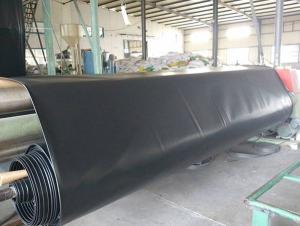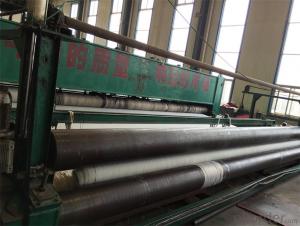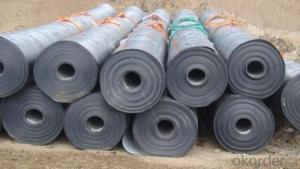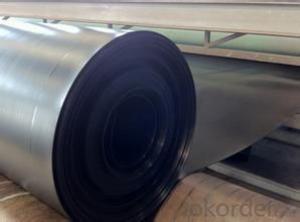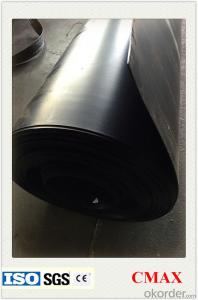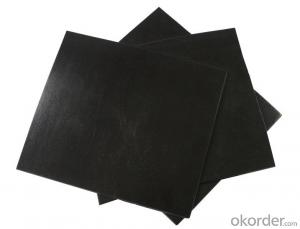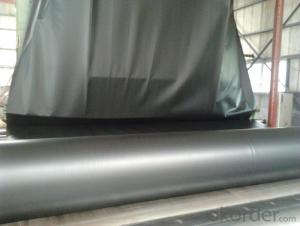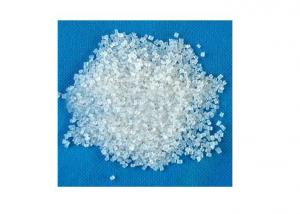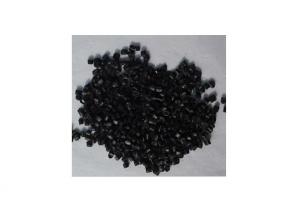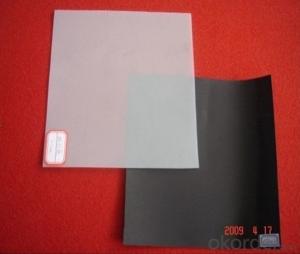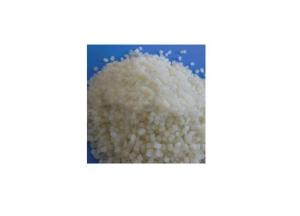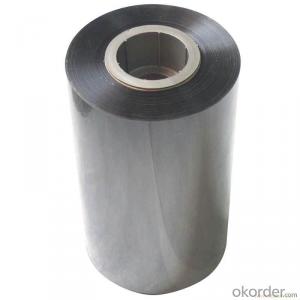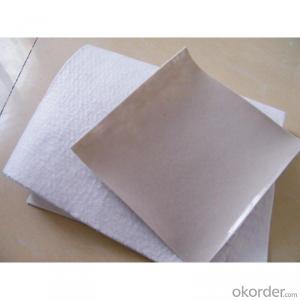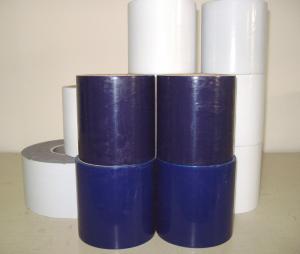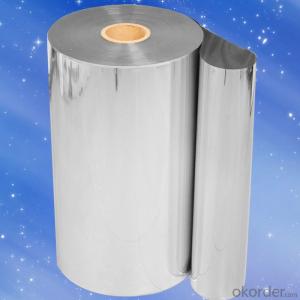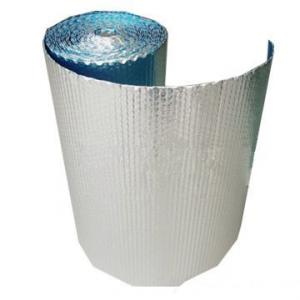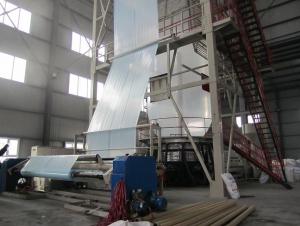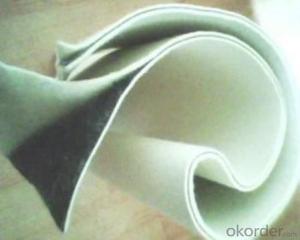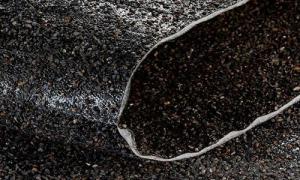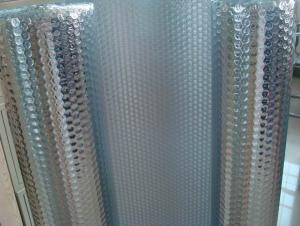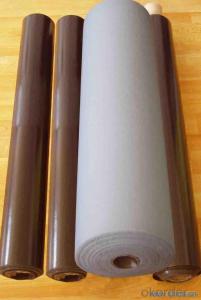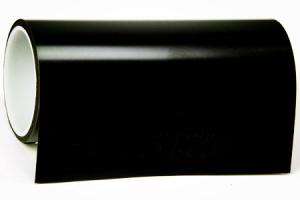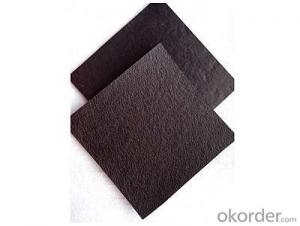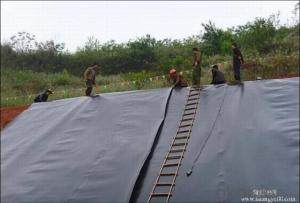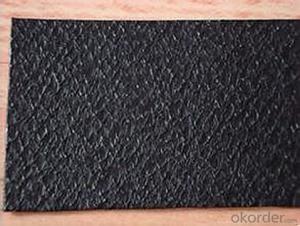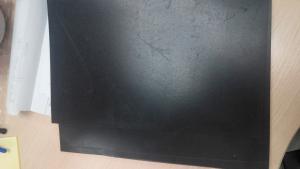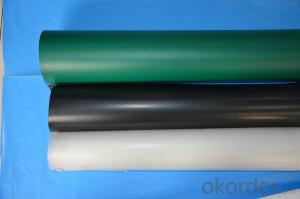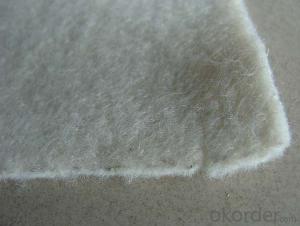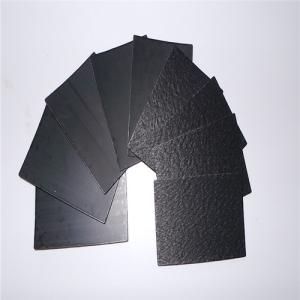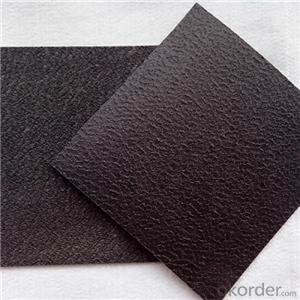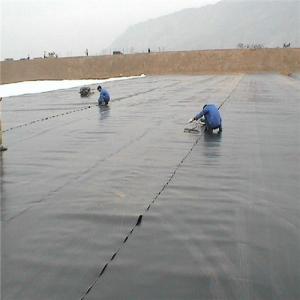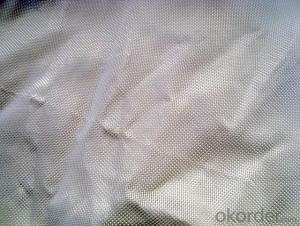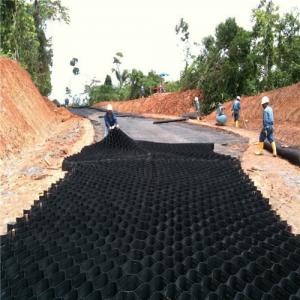Geomembrana Ldpe
Geomembrana Ldpe Related Searches
Geomembrana De Pvc Precio Geomembrana Pvc Precio Geomembrana Hdpe 1 Mm Precio Geomembrana De 1 Mm Precio Precio Geomembrana Hdpe 1.5 Mm Geomembrana De Hdpe Geomembrana Hdpe 2mm Pegamento Para Geomembrana Hdpe Hdpe Geomembrana Geomembrana 1.5 Mm PrecioHot Searches
China Pvc Geomembrane China Geomembrane Roll Sheet Hdpe Geomembrane Sheet Price Hdpe Geomembrane China China Geomembrane Geomembrane China Hdpe Geomembrane Price Geomembrane Liner Price Geomembrane Price Cost To Waterproof A Basement Waterproof Plywood Cost Waterproof Mdf Suppliers Wholesale Hdpe Geomembrane Roll Geomembrane Factory Wholesale Liner Hdpe Geomembrane Wholesale Geomembrane Hdpe Wholesale Hdpe Geomembrane Geotextile Membrane Suppliers Geomembrane Market Size Geomembrana Home DepotGeomembrana Ldpe Supplier & Manufacturer from China
Okorder.com is a professional Geomembrana Ldpe supplier & manufacturer, offers integrated one-stop services including real-time quoting and online cargo tracking. We are funded by CNBM Group, a Fortune 500 enterprise and the largest Geomembrana Ldpe firm in China.Hot Products
FAQ
- nan
- Now in the factory in accordance with GRI-GM13 standard we make the the goods using a new material geomembrane. after all, the price gap depends on the actual needs.
- Geomembranes contribute to energy production projects by providing essential containment solutions for various applications. They are commonly used in the construction of ponds, reservoirs, and basins to store and manage water resources, including hydroelectric power generation facilities. Geomembranes prevent water leakage, seepage, and contamination, ensuring the integrity and efficiency of energy production systems. Additionally, they can be utilized in the construction of landfills for waste-to-energy projects, preventing the release of harmful substances into the environment and facilitating the collection and extraction of methane gas for energy generation. Overall, the use of geomembranes in energy production projects promotes sustainability and enhances the reliability and safety of these operations.
- Geomembranes have excellent temperature resistance properties, making them suitable for a wide range of applications. They can withstand both high and low temperatures, with some types capable of withstanding temperatures as low as -70°C and as high as 120°C. This temperature resistance allows geomembranes to maintain their integrity and performance in extreme weather conditions, making them ideal for applications such as containment of hazardous materials, landfill liners, and water storage systems.
- nan
- After butane physical foaming, moistureproof membranes are non-toxic and harmless without any dross and reused materials which can be used between floor and mats. They can protect floor, adjust the flatness of floor, and are moisture- and soundproof. The height of skirting board is generally 8 cm.
- nan
- first dig the slope which need to be constructed well and cleaned well, laying geomembrane, on the geomembrane installed Renault pad mounted stone, and complete the construction by sealing.
- The key properties of a geomembrane include high tensile strength, excellent chemical resistance, durability, and impermeability. It should also have low permeability to gases and liquids, be flexible and easy to install, and have good resistance to UV radiation and weathering.
- Yes, geomembranes are suitable for wastewater treatment. They are impermeable membranes that can effectively contain and control the flow of wastewater, preventing it from infiltrating into the surrounding soil or groundwater. Geomembranes also provide a barrier that helps to prevent the escape of contaminants from the wastewater, ensuring proper containment and treatment. Moreover, these membranes are durable, resistant to chemicals, and can withstand harsh environmental conditions, making them an ideal choice for wastewater treatment applications.
- Yes, geomembranes are suitable for use in seawater applications. Geomembranes are designed to be impermeable to water and resistant to chemicals, making them an excellent choice for containment and protection in marine environments. They are used for various applications such as lining ponds, reservoirs, and coastal erosion control, where they effectively prevent the passage of seawater and protect the surrounding environment.
